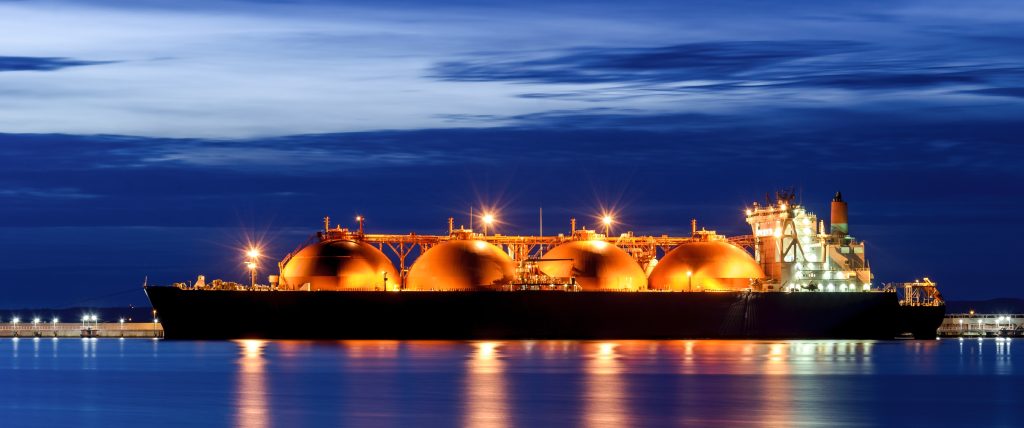
GE and Shell sign agreement to collaborate on lower-carbon solutions
By Plant staff
Cleantech Canada Energy carbon intensity development agreement gas turbine GE Gas Power mechanical drive gas natural gas power generation Shell Global Solutions
Photo: LNG Vessel.
GE Gas Power and Shell Global Solutions signed a development agreement to pursue potential pathways aiming to reduce the carbon intensity of Shell’s LNG supply projects around the world.
The largest source of emissions in an LNG facility stems from firing natural gas in the power generation and mechanical drive gas turbines. One of the possible paths to decarbonize LNG production is to use hydrogen as a low carbon fuel in these engines. The source and nature of this fuel matters as well, and Shell’s blue hydrogen process is a technology that can deliver low carbon intensity fuel.
The decarbonization of LNG export facilities presents both technical and economic challenges.
“Becoming a net-zero emissions energy business means we need to explore a range of avenues that have the potential to help us, our partners and customers reduce emissions” said Alexander Boekhorst, VP, gas processing and conversion technology, Shell. “We have continued to innovate and improve the value proposition of LNG using technology, and we look forward to collaborating with GE on this important initiative.”
As part of this development agreement, GE is targeting gas turbine technology with the capability to operate on 100 per cent hydrogen without the use of water while still maintaining NOx emissions.
The DLN combustor technology is intended to become the backbone of the retrofittable system solutions for low-carbon operation of gas turbine while providing the reliability and availability required for LNG facilities.
